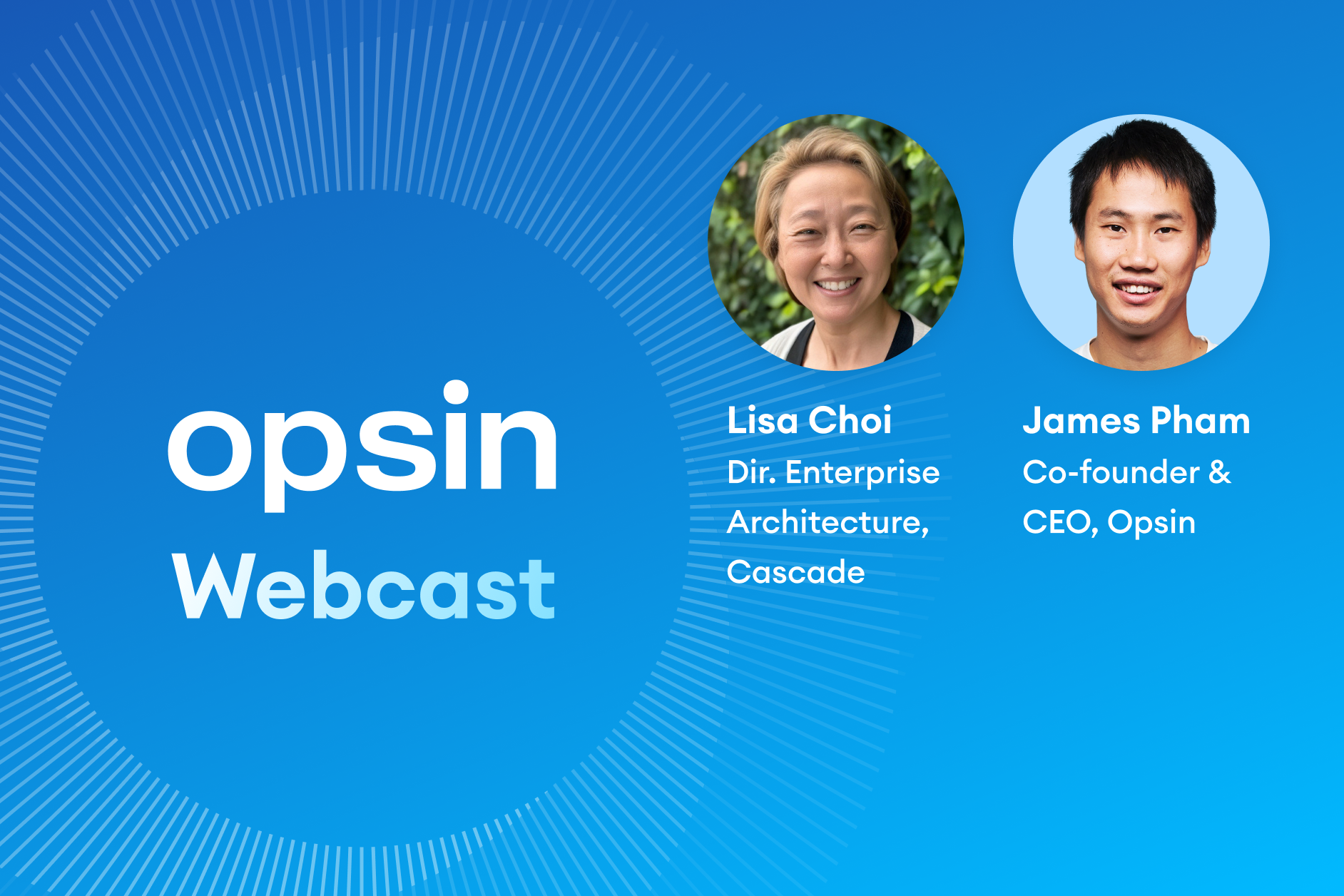
GenAI is no longer the domain of early adopters. It's reaching every corner of the enterprise. In this webcast recap, we highlight key insights from Lisa Choi, Director of IT at Cascade Environmental, on what it takes to safely and successfully roll out Microsoft Copilot to a dynamic, dispersed workforce.
Whether you're in IT or leading a broader digital transformation, Lisa’s lessons on permissions, communication, and governance provide a practical roadmap for secure GenAI adoption.
At Cascade, Copilot isn’t just being piloted in IT or engineering. It’s being deployed across field staff, sales, and administrative roles. That diversity brings unique challenges:
Lisa’s approach: start small, communicate often, and treat Copilot not as a tool but as a workplace transformation.
One of the most debated decisions in GenAI rollouts: should you deploy Copilot as-is or build something more custom?
Cascade is sticking with out-of-the-box Microsoft Copilot, but with enhanced oversight. For Lisa, the key is balancing velocity with control. Her team ensures every rollout includes:
Lisa emphasized that Copilot’s tight integration with SharePoint and OneDrive can backfire if permissions aren’t cleaned up first.
Examples she’s seen (and preempted):
To get ahead of risk, Lisa’s team focuses on alignment across departments, including:
This isn’t just IT’s job. It’s a cross-functional effort.
Lisa sees the future of GenAI moving toward “agentic” systems — ones that not only generate but act. To prepare, her team is doubling down on:
Copilot promises productivity gains, but without structure, it can create exposure. Cascade’s approach shows that practical governance, strong communication, and cross-team collaboration are the foundation for secure GenAI success.
Ready to dive into the full discussion? Watch the webcast at the top of this page.
GenAI is no longer the domain of early adopters. It's reaching every corner of the enterprise. In this webcast recap, we highlight key insights from Lisa Choi, Director of IT at Cascade Environmental, on what it takes to safely and successfully roll out Microsoft Copilot to a dynamic, dispersed workforce.
Whether you're in IT or leading a broader digital transformation, Lisa’s lessons on permissions, communication, and governance provide a practical roadmap for secure GenAI adoption.
At Cascade, Copilot isn’t just being piloted in IT or engineering. It’s being deployed across field staff, sales, and administrative roles. That diversity brings unique challenges:
Lisa’s approach: start small, communicate often, and treat Copilot not as a tool but as a workplace transformation.
One of the most debated decisions in GenAI rollouts: should you deploy Copilot as-is or build something more custom?
Cascade is sticking with out-of-the-box Microsoft Copilot, but with enhanced oversight. For Lisa, the key is balancing velocity with control. Her team ensures every rollout includes:
Lisa emphasized that Copilot’s tight integration with SharePoint and OneDrive can backfire if permissions aren’t cleaned up first.
Examples she’s seen (and preempted):
To get ahead of risk, Lisa’s team focuses on alignment across departments, including:
This isn’t just IT’s job. It’s a cross-functional effort.
Lisa sees the future of GenAI moving toward “agentic” systems — ones that not only generate but act. To prepare, her team is doubling down on:
Copilot promises productivity gains, but without structure, it can create exposure. Cascade’s approach shows that practical governance, strong communication, and cross-team collaboration are the foundation for secure GenAI success.
Ready to dive into the full discussion? Watch the webcast at the top of this page.